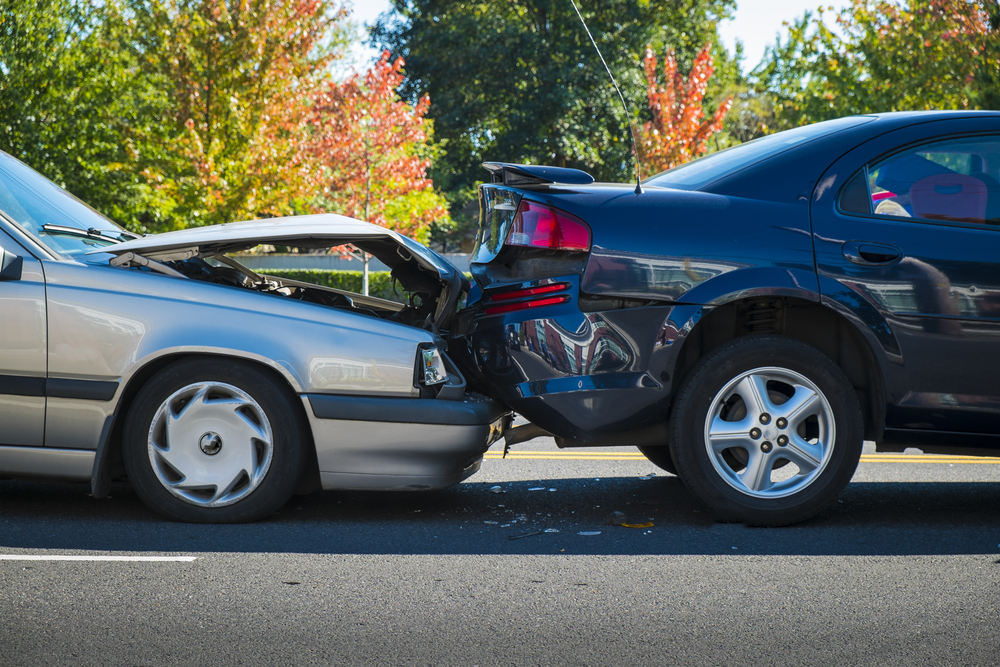Personal Injury Lawyer
In the aftermath of a car accident, determining fault is a crucial aspect of the legal and insurance processes. At-fault parties often employ various arguments to defend themselves and mitigate their liability in such cases. While each accident is unique, there are several common arguments that at-fault parties may use to dispute their responsibility. It is important to note that the following explanations do not necessarily absolve the party of fault but rather shed light on some of the typical arguments employed.
- Denial of Negligence: One common argument used by at-fault parties is to deny any negligence on their part. They may claim that they were driving responsibly, adhering to traffic laws, and were not engaged in any distracted or reckless behavior. By denying negligence, they attempt to shift the blame onto the other party involved.
- Comparative Negligence: At-fault parties may assert that both parties share some level of responsibility for the accident. They argue that the other party’s actions or lack of caution contributed to the collision. In jurisdictions that follow comparative negligence laws, this argument aims to reduce the at-fault party’s liability based on the percentage of fault attributed to the other party.
- Sudden Emergency: Another argument commonly used is the claim of a sudden emergency situation. At-fault parties may argue that they encountered an unexpected circumstance, such as an animal crossing the road or a sudden mechanical failure in their vehicle, which rendered them unable to avoid the accident despite their best efforts.
- Preexisting Conditions: Some at-fault parties may argue that the injured party had preexisting medical conditions that contributed to the severity of their injuries. They claim that the injuries sustained in the accident were not solely caused by the collision itself but were exacerbated by the injured party’s existing health issues.
- Lack of Sufficient Evidence: As a lawyer, like a personal injury lawyer from a law office such as The Eskesen Law Firm knows, at-fault parties may dispute the evidence presented against them, claiming that it is insufficient or inconclusive. They may challenge the credibility of witnesses, question the accuracy of accident reconstruction reports, or argue that the available evidence does not definitively prove their negligence.
- Challenging the Causation: In certain cases, at-fault parties may argue that their actions did not directly cause the accident or the resulting injuries. They may contend that other factors, such as poor road conditions, faulty vehicle parts, or the actions of third parties, were the primary cause of the collision.
- Inadequate Warning or Signage: At-fault parties may assert that there were inadequate warning signs or traffic signals at the accident site, which contributed to the collision. They argue that the lack of proper signage prevented them from being adequately informed or taking appropriate precautions.
It is important to understand that these arguments are not always successful, and their validity depends on the specific circumstances surrounding each accident. The determination of fault relies on a thorough investigation, examination of evidence, and consideration of applicable laws. Legal professionals and insurance companies assess these arguments alongside the available facts to determine the at-fault party and allocate responsibility accordingly. When you need help with an injury claim, rely on a trusted local lawyer for help.

